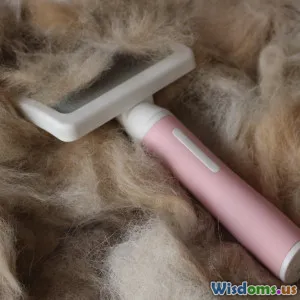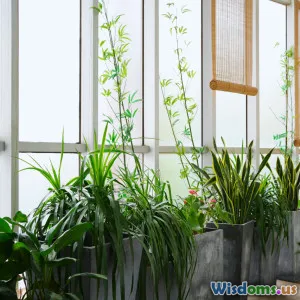
Which Houseplants Actually Improve Indoor Air Quality
16 min read Discover which houseplants scientifically purify indoor air and how to care for them in your living space. (0 Reviews)
Which Houseplants Actually Improve Indoor Air Quality?
Every home enthusiast, interior designer, and concerned parent has likely heard it: Adding houseplants to your living room can cleanse the air! It’s a hopeful promise, but do green companions truly make a difference in your indoor oasis? As scientific research unveils more about air quality, the truth about plants and pollution filtering power grows ever nuanced—and surprisingly hopeful, if you know what to look for. Let’s dive into the lush world of houseplants to dispel myths, highlight science-backed ambassadors of clean air, and empower you with practical tips for cultivating health at home.
Common Indoor Pollutants: What Are We Breathing Inside?

Homes and offices are safe havens from outdoor dust and smog, but they hide airborne hazards as well. Understanding indoor air pollutants is critical to appreciating how (and whether) houseplants come to our rescue.
Volatile Organic Compounds and Everyday Sources
Volatile Organic Compounds (VOCs) are invisible gases emitted from everyday products: cleaning sprays, furniture finishes, paints, carpets, and electronics. Notable VOCs include formaldehyde, benzene, toluene, and trichloroethylene—all linked to headaches, respiratory issues, or even cancer after long-term exposure. Other common indoor pollutants are nitrogen oxides from stoves, carbon monoxide, mold spores, and fine dust particles.
Poor Ventilation Amplifies the Problem
Modern construction often sacrifices air exchange for energy efficiency. Double-sealed windows, tight insulation, and unventilated basements can cause VOCs and allergens to accumulate to unhealthy levels. In this environment, any natural mechanism to absorb or neutralize toxins is welcome.
NASA’s Clean Air Study: Science Meets the Garden

The roots of houseplant hype trace back to the late 1980s, when NASA scientists investigated botanical allies for future space habitats. Their groundbreaking report, “Interior Landscape Plants for Indoor Air Pollution Abatement,” tested how effectively certain plants could remove toxins in sealed chambers.
Key Findings from Controlled Studies
NASA’s study tested a range of houseplants—spider plant, peace lily, pothos, English ivy—in sealed environments and found many could reduce formaldehyde, benzene, and trichloroethylene within 24 hours. Microbes in the plant’s root-soil zone appeared central to toxin breakdown, suggesting the power lies as much in the pot as the leaves.
Yet, conditions were far from typical: tightly controlled, pollutant-rich air in small test boxes. Safety standards for indoor homes are better than these chambers, but in very high-traffic spaces with few ventilation options, houseplants could indeed lower airborne chemicals. The takeaway: plants help, but are no silver bullets for poor ventilation.
Top Houseplants with Verified Air-Purifying Abilities
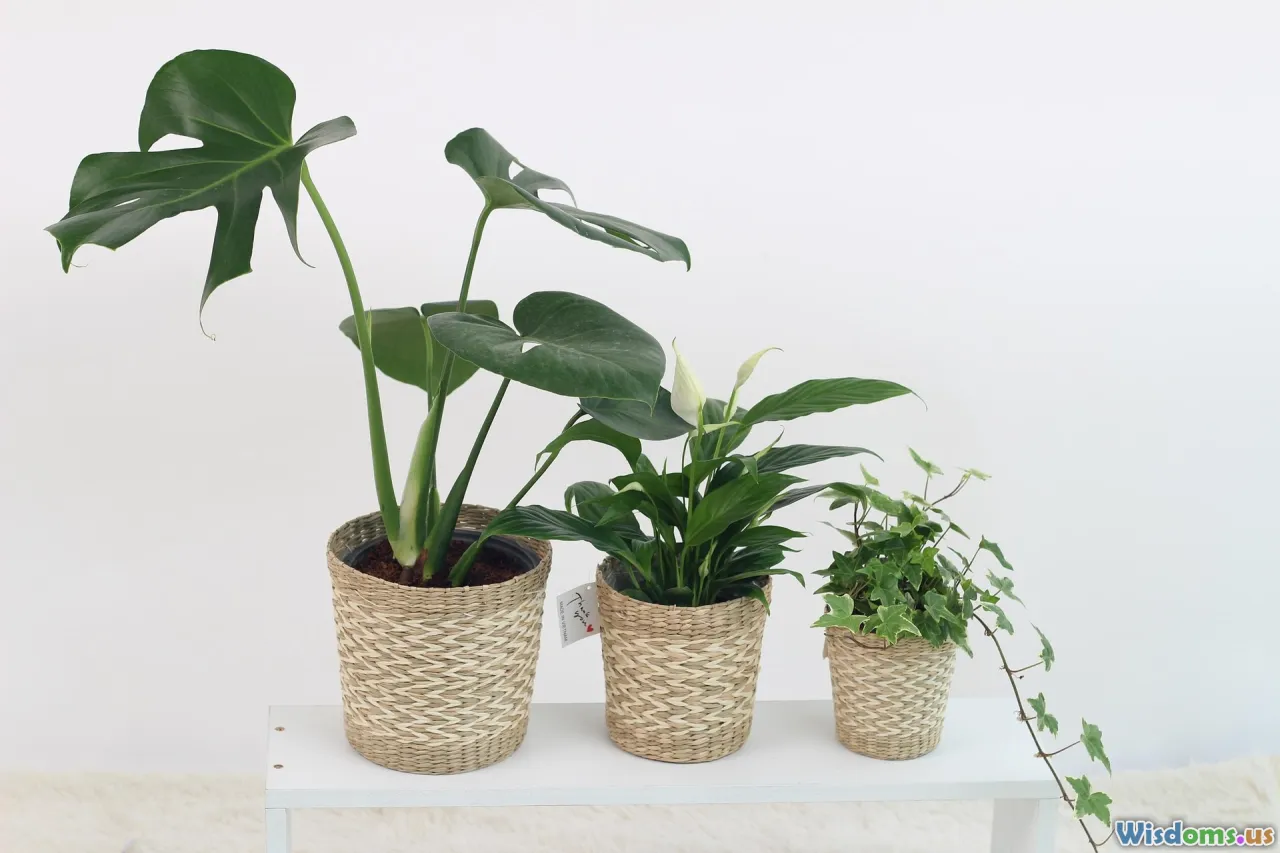
Not all green beauties rank equally as air scrubbers. The following plants consistently perform well in studies and also adapt well to typical home environments. Let’s explore their profiles and unique 'superpowers.'
1. Spider Plant (Chlorophytum comosum)
- Filters: Formaldehyde, xylene, toluene
- Toughness: Nearly foolproof; tolerates shade, neglect, and sporadic watering
- Placement: Bathrooms, studios, windowsills—they thrive almost anywhere
Example in Action: Research from the University of Georgia confirmed spider plants can remove over 90% of formaldehyde from confined air. Plus, its fast-growing, arching leaves and baby "spiders" make it fun for rooms needing a touch of whimsy.
2. Snake Plant (Sansevieria trifasciata, now Dracaena trifasciata)
- Filters: Formaldehyde, benzene
- Toughness: Near-indestructible, perfect for bedrooms—they release oxygen at night
- Placement: Bedrooms, hallways, anywhere with low to moderate light
Pro Tip: Its ability to perform photosynthesis at night (CAM photosynthesis) makes it a rare green companion for better bedroom air. Studies from Harvard have reinforced its air-filtration credentials.
3. Peace Lily (Spathiphyllum spp.)
- Filters: Benzene, trichloroethylene, formaldehyde, ammonia
- Toughness: Enjoys indirect light, requires regular but not excessive watering
- Placement: Living rooms, bathrooms (enjoys humidity)
Warning: Peace lilies are mildly toxic to pets.
4. Pothos (Epipremnum aureum)
- Filters: Formaldehyde, xylene, benzene
- Toughness: The ultimate ‘set-and-forget’ vine can trail shelves or fill hanging baskets
- Placement: Anywhere from offices to kitchens; tolerates low light
Actionable Insight: According to studies, pothos can outperform many plants in harsh conditions, making it a safe bet for workspace greenery.
5. Bamboo Palm (Chamaedorea seifrizii)
- Filters: Formaldehyde, xylene, toluene
- Toughness: Thrives in indirect light and likes humidity
- Placement: Excellent for larger rooms and bright corners
The bamboo palm's lush foliage also adds a strong aesthetic appeal in addition to VOC slashing power, according to multiple laboratory analyses by the American Society for Horticultural Science.
6. Boston Fern (Nephrolepis exaltata)
- Filters: Formaldehyde, xylene
- Toughness: Prefers moisture and cooler, lower-lit locations
- Placement: Bathrooms, damp corners, shady windowsills
Boston ferns proved highly effective in NASA’s and later studies, especially for formaldehyde-heavy environments.
7. Rubber Plant (Ficus elastica)
- Filters: Formaldehyde
- Toughness: Hardy and easy to care for, but appreciates bright indirect light
- Placement: Office spaces, living rooms
Fact: Not only does the rubber plant filter air, but university research corroborates its role in suppressing airborne bacteria.
Grounded in Reality: Limitations and Hidden Benefits
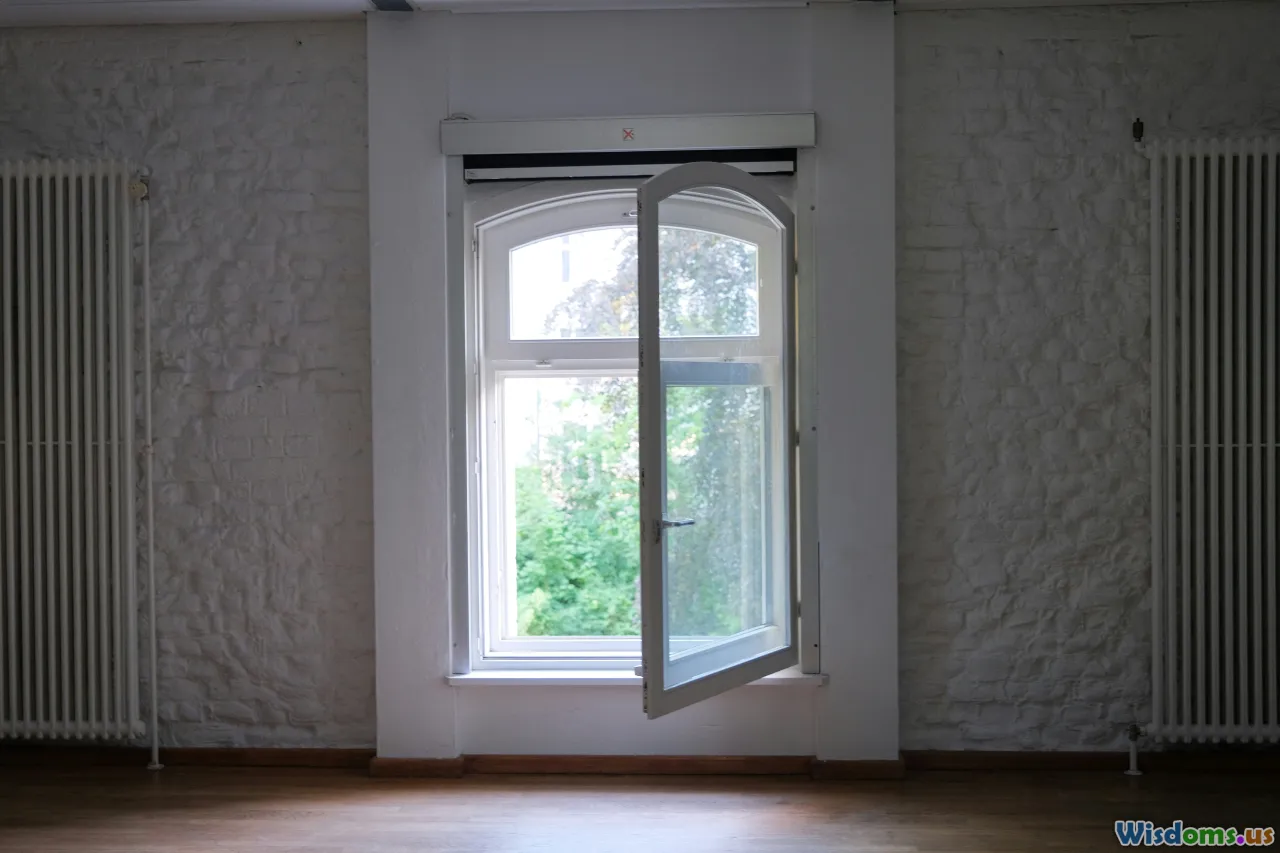
An Honest Assessment
While houseplants metabolize pollutants, the realistic impact for an average-sized home is modest compared to mechanical ventilation. To match commercial air purifiers’ VOC removal rates, you’d need dozens of hefty plants per room—a botanical investment not everyone’s ready to make.
Moreover, the type and volume of pollutants vary per home. Persistent sources (pet dander, gas stoves) persist unless directly addressed or ventilated away.
Beyond Purification: Psychological and Physiological Boons
But don’t underestimate the value of green companions! Studies align on significant human health benefits from houseplants:
- Stress reduction: Even brief exposure to indoor plants lowers blood pressure and anxiety (Journal of Physiological Anthropology, 2015)
- Boosted productivity: Offices with plants had up to 15% higher employee productivity (University of Exeter, 2014)
- Faster healing in hospitals: Views of greenery sped recovery and lowered demand for pain medication (Chalmers University, Sweden)
In sum, houseplants might best be viewed as wellness boosters and sidekicks for clean air, not sole champions.
Smart Strategies: How to Maximize the Benefits of Houseplants
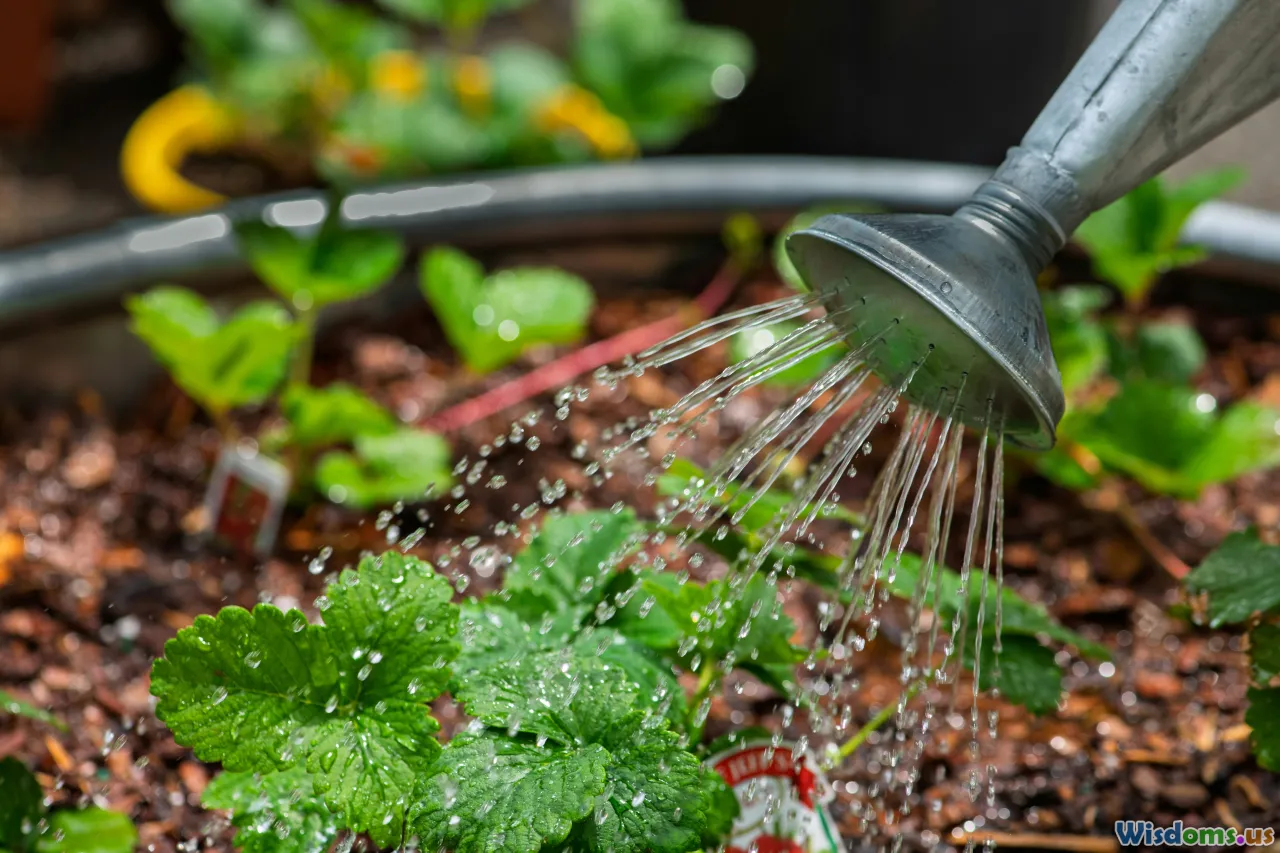
Having established the best species and their real-world impact, how can you turn your home into a cleaner, healthier green space—without overloading your shelves?
1. Combine Plants with Good Ventilation
No houseplant replaces the power of opening a window or running an exhaust fan. Make sure your approach involves both: bring in outdoor air whenever possible to dilute indoor toxins, and use plants in poorly ventilated spots for added benefit.
2. Cluster for Effect
Place groups of plants together rather than spacing single pots around a home. Research found clusters reduce pollutants more effectively and create visually pleasing micro-environments.
3. Prioritize the Soil
The real air-purifying magic often occurs not in leaves, but in the rich tapestry of microbes that thrive in healthy potting soil—where they break down and absorb many offending compounds. Use high-quality, peat-free mixes and keep soil healthy and moist (not soggy).
4. Match Plants to Rooms
- Kitchens and bathrooms: Boston ferns, peace lilies
- Bedrooms: Snake plants, spider plants
- Living rooms/offices: Rubber plants, pothos, bamboo palms
Choosing the right plant for each environment maximizes their longevity and utility.
5. Mind the Maintenance
Clean dust from leaves weekly—dust interferes with photosynthesis and gas exchange. Check for pests, re-pot every 1–2 years, and avoid overwatering, which encourages fungus and root rot (counterproductive to your air-freshening goals).
6. Safety First: Beware of Toxicity
If you have pets or small children, research which plants might be harmful if chewed or ingested. Pet-safe alternatives include spider plants, Boston ferns, and parlor palms.
Going Beyond Houseplants: Holistic Indoor Air Quality Solutions

While our leafy friends play an important role, think of them as a layer in a well-rounded air quality plan. Modern approaches combine natural, technological, and behavioral solutions:
Mechanical Filtration and Smart Devices
Invest in a HEPA filter air purifier, particularly if allergies, asthma, or wildfire smoke are concerns in your region. High-quality purifiers capture suspended particulates, pollen, and many VOCs more rapidly and thoroughly than any foliage.
Smart Cleaning Habits
Switch to natural cleaning agents and avoid synthetic air fresheners and aerosol sprays, which are prime triggers of indoor pollution. Vacuum with HEPA-filter units and reduce use of pressed-wood furniture which off-gasses formaldehyde.
Choose Low-VOC Materials
When renovating or refreshing your space, select low-VOC paints, solvents, flooring, and adhesives. Many hardware stores now feature eco options that protect you for years down the road.
Let Nature In—and Out
Whenever weather allows, open windows or doors to flush out accumulation of gases. Install exhaust fans in kitchens and bathrooms. Even a modest air exchange can dramatically reduce the total load on both you and your houseplants.
Curating Your Green Collection: Practical Tips for Green-Thumbed Beginners
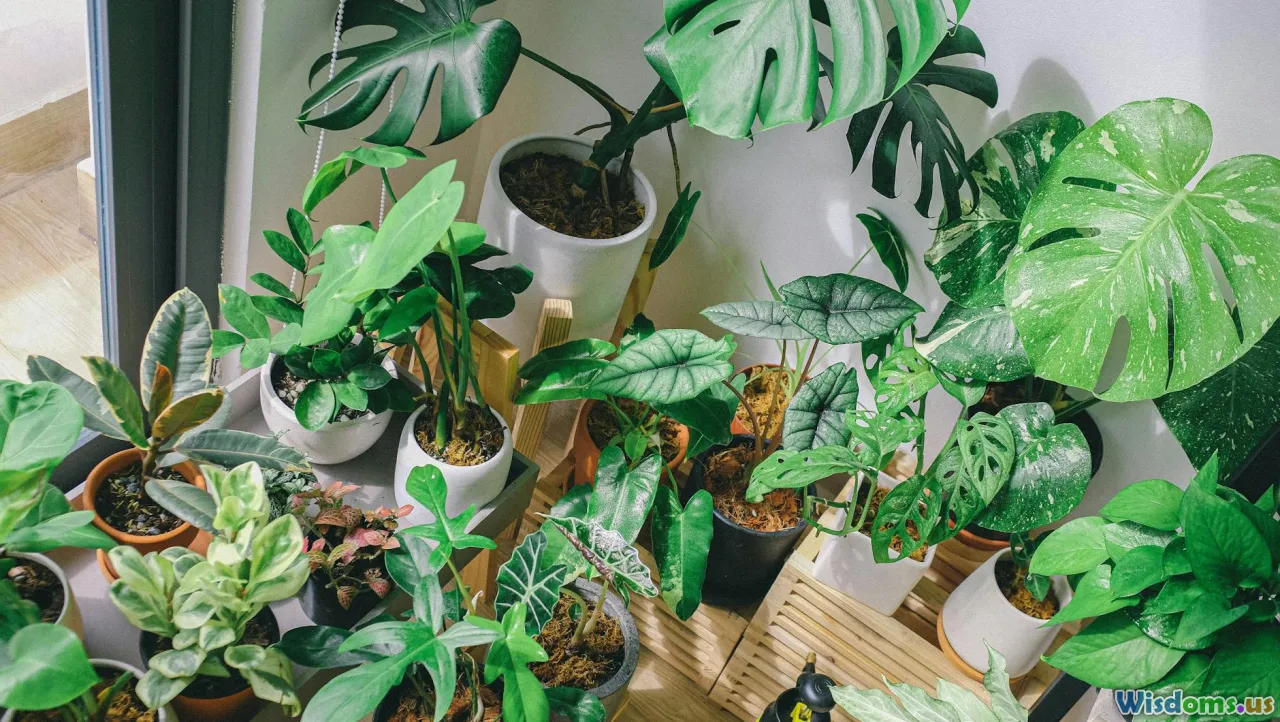
Starting your own air-cleaning jungle may feel overwhelming. Here’s a beginner-friendly checklist to steer you toward success—both for health and design.
Easy-Care Plants for Busy Lives
If you’re new to houseplants, focus on proven, low-hassle favorites:
- Spider Plant: Bounces back from nearly any neglect
- Snake Plant: Waters biweekly, thrives almost anywhere
- Pothos: Grows rapidly and signals distress via droopy leaves
- Peace Lily: Wilts when thirsty—it tells you when it needs love
Where to Buy and What to Watch Out For
- Prefer reputable nurseries over supermarkets; healthier, less pest-prone plants mean less trouble down the road
- Inspect roots before buying; avoid stunted, overgrown, or root-bound specimens
- Always quarantine new additions from existing plants for two weeks to check for pests/diseases
Potting and Placement
- Use containers with drainage holes and saucers to prevent waterlogging
- Rotate pots weekly for even light exposure
- Place plants 2–6 feet from light sources for optimum balance
Consistency in Care
Establish a weekly routine for checking moisture, pruning dead leaves, and cleaning foliage. If you travel frequently, a self-watering planter or digital moisture meter saves guesswork.
The Evolving Science: Why Evidence-Based Greenery Matters

Modern studies increasingly emphasize context—room size, pollutant sources, plant numbers—when evaluating houseplants’ effectiveness. Keep up with new developments: researchers now explore gene-edited plants with enhanced pollutant-absorbing capabilities, and beneficial soil microbes that can be "inoculated" into houseplants for extra power.
Looking ahead, you may be able to select plants tailored to the microbial makeup of your own home, multiplying the benefits you receive for each square foot of greenery.
Adding houseplants to your living space is more than just a nod to Instagram trends. The right selection and nurturing approach offer a meaningful—if modest—boost to indoor air quality, while delivering psychological calm and aesthetic delight. While you can’t outgrow poor ventilation with greenery alone, a carefully curated collection can transform your home into a fresher, healthier, and more inspiring place to live.
Rate the Post
User Reviews
Other posts in Sustainable Living
Popular Posts














